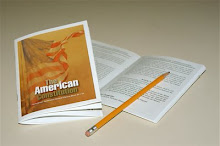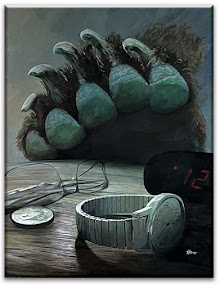
Even though there is ongoing research being made about Washington's Commander in Chief Standard/Flag. It most likely dates back to 1775. Because it was Washington's personal flag, it was with him wherever he went — saw the same action as he did. A painting by William Mercer (Battle of Princeton) shows a large blue standard with a linear arrangement of stars. the one shown in my painting is from a Peale painting of George Washington that shows a blue canton with stars, only in a circular formation. The circular formation of stars on blue is also a device used in the Washington Life Guard Standard. Washington's Life Guards were his personal bodyguards.
It is interesting to note that an unsigned and undated item found in the papers of General Anthony Wayne is a proposed design for the Seal of the Board of War and
Ordance. It includes cannon, cannonballs, muskets, and Washington's Standard.
The standard is not large enough — or proportionate — to be an infantry regimental standard. It's rectangular shape and larger size do not really make it a canton either.
The original is in the historic Valley Forge collection, which was acquired through Washington's family.
The description of the "Commander-in-Chief Standard" which I have sketched (see previous post)but not painted yet is as follows: The field is a single width of faded blue silk about 27-1/2 by 35-1/2 inches. There are thirteen, large, six pointed stars with elongated rays. They are in a 3 2 3 2 3 pattern in layout. The stars are not clocked precisely the same; some are rotated from an exact vertical. The six pointed stars are "patterned" after English heraldic language. The flag itself was donated to the Valley Forge Historical Society from a descendant of George Washington.
All in all it is pretty interesting stuff and I would like to grab the kids and go to Valley Forge and see the real thing in person. I think I am pretty darn close to the look as I have it painted. I wanted to show a person with this flag to give it the appropriate scale.













